Category: Retirement Planning
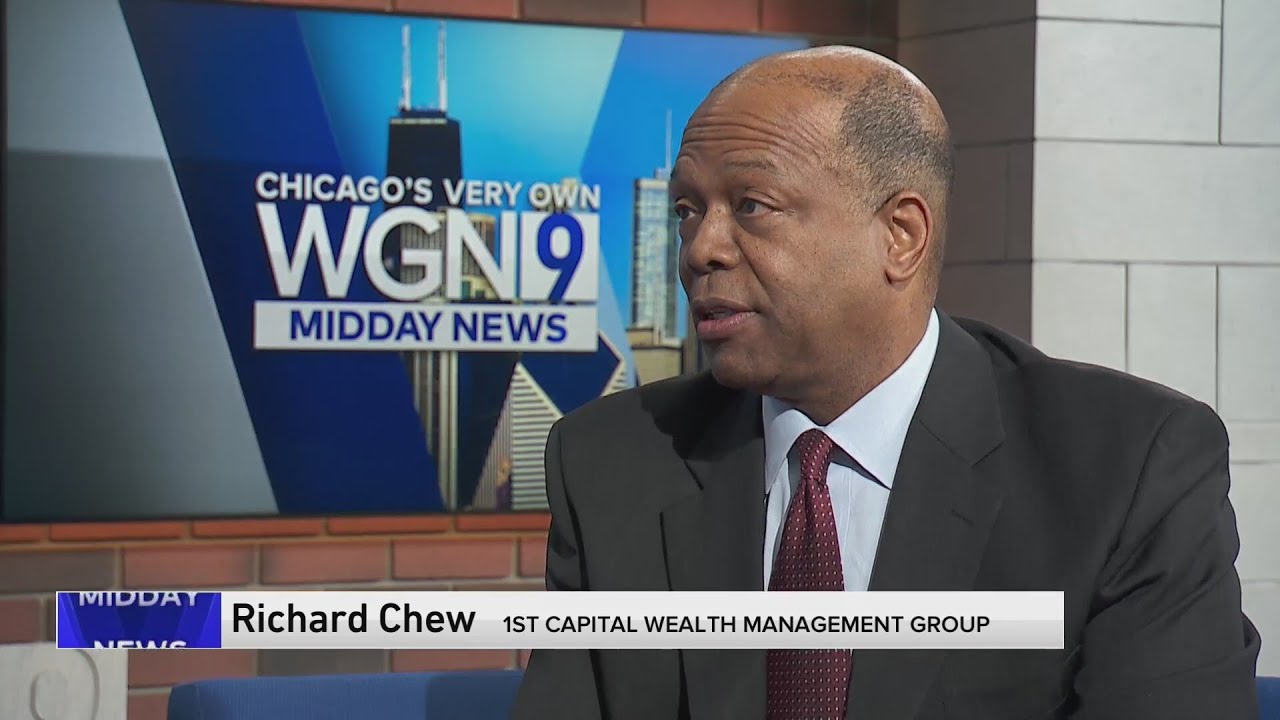
Your Money Matters: How to plan for retirement if your job doesn’t offer a 401(k)
Jason 0 Comments Retire Wealthy Retirement Planning Tips for Retiree's
>> ALL RIGHT. THANKS SO MUCH FOR WELL, IN THE MIDDAY FIX, IF YOU'RE A NON-TRADITIONAL WORKER LIKE A FREELANCER, ENTREPRENEUR OR INFLUENCE ARE PLANNING FOR RETIREMENT IS A BIT MORE CHALLENGING THOSE JOBS TYPICALLY DON'T OFFER A 4, 1, K, BUT WE'VE GOT AN EXPERT HERE, RICHARD. SHE WAS A FINANCIAL LIFESTYLE EXPERT WITH FIRST CAPITAL WEALTH MANAGEMENT GROUP HERE WITH SOME TIPS ON HOW TO BUILD A RETIREMENT FUND. >> RICHARD, THANKS SO MUCH FOR JOINING US. IT'S GREAT TO HAVE YOU HERE. GOOD TO BE HERE. FOR HAVING ME. ABSOLUTELY. AND AS WE WERE JUST TALKING ABOUT, YOU KNOW, POST PANDEMIC, A LOT OF PEOPLE HAVE NOT GONE BACK TO THEIR TRADITIONAL JOBS AND ARE PROBABLY EXPERIENCING THE FREEDOM OF BEING THEIR OWN BOSS PER SE. BUT A LOT OF FUNDAMENTAL AND FOUNDATIONAL STRUCTURES THAT WERE IN PLACE TO HELP THEM SAVE ARE NOT THERE. SOME. CAN. HOW CAN WE HELP WELL, IT'S A BIG DEAL AND A LOT OF PEOPLE RIGHT NOW ARE STRUGGLING WITH THAT. >> AND THERE'S A THERE ARE ANSWERS TO IT. OBVIOUSLY, IF IF YOU'VE LEFT YOUR. PREVIOUS EMPLOYER, WHETHER BY CHOICE OR BY FORCE AND THERE'S MONEY ON THE TABLE.
I YEAR-OLD FOR ONE K ONE OF THE FIRST THINGS YOU WANT TO DO IS TAKE IT WITH YOU. MEAN, LITERALLY TAKE THE MONEY WITH YOU RIGHT BUT ROLL THAT YOUR OWN NEW. I WRITE YOU CAN DO THAT WITHOUT ANY COST OR ANY TAX LIABILITY AND THE COOL THING ABOUT IT IS IT KEEPS YOU IN THAT STRUCTURE, OK? BECAUSE YOU'VE GOT THE LIMITATIONS OF WHAT YOU CAN PUT IN PER YEAR, WHICH WAS SIMILAR TO WHEN YOU HAD A 4, ONE K AND YOUR OLD EMPLOYER.
BUT THE MOST IMPORTANT THING IS WHEN YOU IF YOU LEFT DURING THE PANDEMIC OR POST-PANDEMIC, WERE YOU AND YOU WALK AWAY FROM THAT ORGANIZATION AND TAKE THE MONEY WITH YOU BY ROLLING IT INTO A NEW HIGHER RATE OF YOUR OWN TO TRADITIONAL OR ROTH. IT DOESN'T MATTER. IT JUST DEPENDS ON THAT, SIR. THAT'S KIND OF A TAX QUESTION. AND SOME I RECOMMEND THAT A PERSON LOOK AT WHERE THEY ARE. THEY'RE GOING TO BE SELF EMPLOYED. THEN THEIR THEIR TAX BRACKETS CHANGING IMMEDIATELY. THEY'VE BEEN EMPLOYED AT A COMPANY AND NOW THEY'RE GOING TO BE SELF EMPLOYED. THEIR TAX BRACKETS AND ALL THAT WILL BE DIFFERENT. SO THEY NEED TO LOOK AT WHAT'S RIGHT FOR THEM.
AND THAT'S WHERE THE TECH SECTOR ADVICE COMES INTO PLAY. SO EITHER ONE AS GOOD AS BUT TO YOUR POINT EARLIER, AS LONG AS YOU'RE PUTTING SOME STRUCTURE BACK IN AND SAVING. OKAY. AND THEN WHAT SOMEONE WHO IS SELF EMPLOYED OR A BUSINESS OWNER AND THEY DON'T HAVE. >> ANY EMPLOYEE SITS JUST JUST THEM, THOUGH. WELL, THERE'S A COUPLE OF OPTIONS THAT CAN DO A SOLO FOR ONE K THAT CAN DO WHAT'S CALLED THE SEP. AND EXCEPT IT'S GOT A COUPLE OF DIFFERENT GUIDELINES. BUT IN THE CASES OF THE SOLO FOR ONE K I A STRONG ADVOCATE OF THAT. IF YOU HAVE A SMALL BUSINESS AND IT'S JUST YOU AND MAYBE A SPOUSE WHO MAY QUALIFY. OKAY. IT'S A GREAT TOOL TO USE ON THAT. DOES HAVE YOU KNOW, LIMITATIONS IN TERMS OF HOW MUCH YOU CAN PUT AWAY FOR YEAR. BUT AGAIN, IT GOES BACK TO WHAT YOU WERE SAYING BEFORE. IT'S ABOUT THE MUSCLE MEMORY OF HAVING THE STRUCTURE AND YOU CAN CREATE THOSE ON YOUR BY CREATING A SOLO FOR ONE K. AND WOULD YOU SAY THAT FOR PEOPLE WHO ARE SELF EMPLOYED IN OUT HERE DOING THEIR OWN THING.

IS IT STILL POSSIBLE SAVE AS MUCH AS YOU WOULD, EVEN IF YOU WERE A PART OF A TRADITIONAL, YOU KNOW, WORKSPACE. SO HERE'S WHAT HAPPENS WHEN YOU WORK FOR BIG COMPANIES FOREIGN ORGANIZATION, WGN OR ANY OTHERS. AND THERE'S A 4, ONE K PLANS PART OF YOUR RETIREMENT PLANNING. YOU'RE CONTRIBUTING AND THE COMPANY IN MOST CASES, THEY'RE MATCHING TO SOME EXTENT. THAT GOES AWAY. WHEN YOU LEAVE IN TERMS OF THE COMPANY MATCHING BECAUSE NOW YOU'RE THE SO THAT'S WHERE IT'S REALLY CRITICALLY IMPORTANT TO MAKE SURE THAT YOU ARE STILL CONTRIBUTING AS LONG AS YOU CAN TO THAT MAXIMUM THAT YOU CAN CONTRIBUTE.
SO YES, THE SIMPLE ANSWER IS THERE'S STILL THAT OPPORTUNITY. IN FACT, IN SOME CASES, IT'S EVEN BETTER BECAUSE YOU HAVE MORE CONTROL AND YOU CAN USE SOME OF THE BOTH TAX DEFERRED AND TAX FREE TOOLS TO GET TO THAT POINT DOWN THE ROAD, OK? AND THEN WHY IS IT SO IMPORTANT? AS WE'RE TALKING ABOUT RETIREMENT SAVINGS? YOU KNOW, OBVIOUSLY THE SOONER YOU START THE BETTER. BUT FOR SOMEONE WHO SAYS IT'S JUST TOO LATE FOR ME, YOU KNOW, WOULD YOU EVER SAY THAT TO ANYBODY IN NOW? TOO LATE BECAUSE THERE'S A COUPLE WAYS THAT THAT WE LOOK AT IT. ONE IS IT'S NEVER TOO LATE FOR YOU TO START BECAUSE YOU ALWAYS CAN TAKE ADVANTAGE OF SOME OF THE AFTER TAX TOOLS TO USE. BUT IT'S NEVER TOO LATE FOR THOSE WHO CARE ABOUT BECAUSE AT THE END OF THE DAY, SAVINGS IS PASSES CAME. SO IF YOU'RE PUTTING MONEY AWAY, SOMEBODY IS GOING TO BENEFIT FROM THAT. IT MAY NOT DIRECTLY BE YOU, BUT IT MAY BE PART OF YOUR LEGACY. WE HAVE JUST UNDER A MINUTE LEFT. RICHARD, IS THERE ANY LESS POINTS TO BITS THAT YOU WANT TO, YOU KNOW, JUST GET ACROSS THE FOLKS BEFORE WE WRAP UP, WE'RE GOING TO YOUR ORIGINAL QUESTION AND YOUR SECONDARY QUESTION ABOUT CAN YOU DO IT? ARE YOU TOO OLD? YOU'RE NEVER TOO OLD.
START WHERE YOU ARE. MAKE SURE THAT YOU BASE IT ON YOUR BUDGET SO THAT YOU CAN CONTINUE TO DO IT. SO LIKE WORKING OUT AND, YOU KNOW, WE ALL KNOW THIS. YOU GET TO THAT PLAN ON THE LOSE WEIGHT, GET BETTER SHAPE AND YOU TRY TO DO TOO MUCH AT ONE TIME BECAUSE YOU DIDN'T LOOK AT YOUR BUDGET OF YOUR TIME. IN THIS CASE WHEN IT COMES YOUR FINANCIAL BUDGET, THE SAME THING APPLIES, START SAVING. LOOK AT YOUR BUDGET, DETERMINE WHAT YOU CAN DO AND THEN BE ABLE TO STICK TO IT. THAT'S PROBABLY MY BIGGEST TIP IS JUST JUST SAFE. ALWAYS SAY MY WIFE AND I TALK ABOUT THIS ALL THE TIME. ARE WE SAVING WE AS AS PROFESSIONALS TO THE SAME THING. SO TO THE CONSUMER JUST START WHERE YOU ARE AND THEN BE ABLE TO BUILD AND GO FORWARD. ALL RIGHT. ONE OF MY MODELS PENNIES ADD UP, SAY SURE.
ALL RIGHT. YES, THANKS SO MUCH, RICHARD. WE APPRECIATE YOU BEING ON THE SHOW. THANK YOU. CAN GET MORE INFORMATION AT FIRST SEE IG DOT COM OR FOLLOW THEM ON SOCIAL MEDIA. AGAIN, RICHER THANK YOU SO MUCH. WE APPRECIATE .
Read More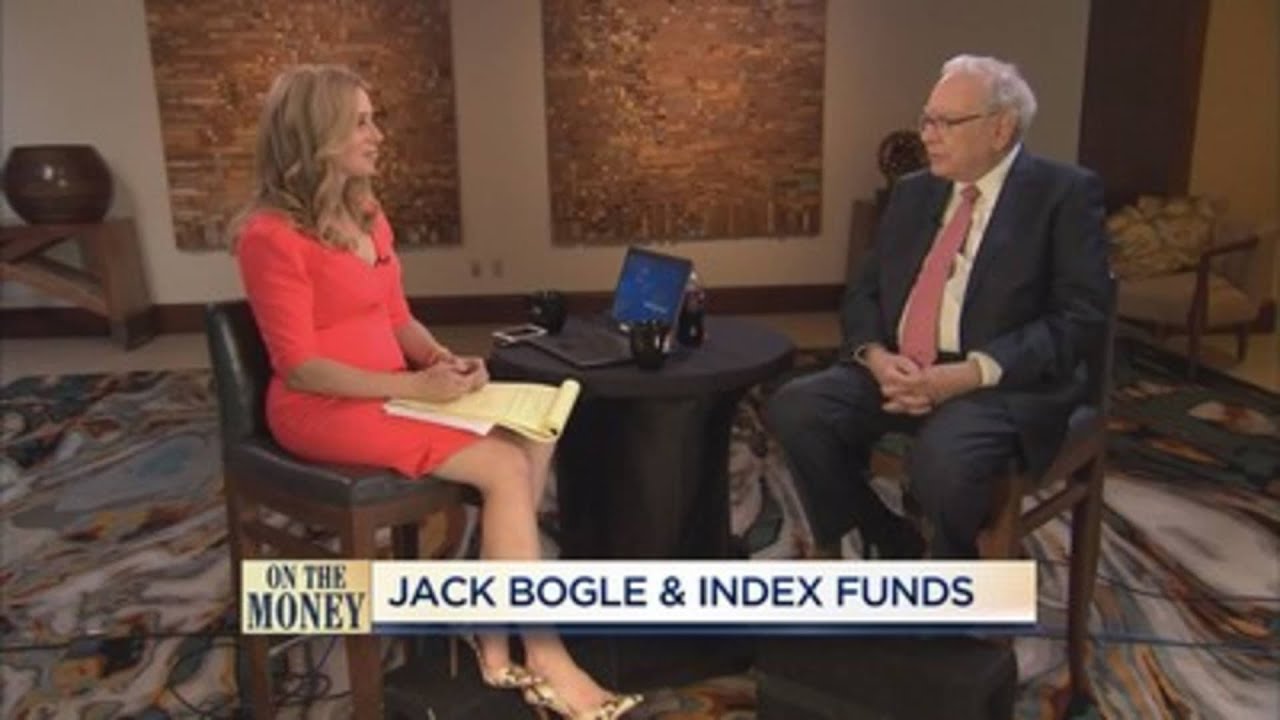
Buffett on retirement
Jason 0 Comments Retire Wealthy Retirement Planning Tips for Retiree's
FOR PEOPLE RIGHT NOW WHEN IT COMES TO SAVING . >> I THINK IT'S THE SAME THING THAT MAKES MOST SENSE FRANKLY ALL OF THE TIME, AND THAT IS TO CONSISTENTLY BUY AN S&P 500 LOW COST INDEX FUND. KEEP BUYING IT THROUGH THICK AND THIN, AND ESPECIALLY THROUGH THIN. BECAUSE THE TEMPTATIONS GET — WHEN YOU SEE BAD HEADLINES IN NEWSPAPERS, MAYBE TO SAY WELL MAYBE I SHOULD SKIP A YEAR OR SOMETHING. JUST KEEP BUYING. AMERICAN BUSINESS IS GOING TO DO FINE OVER TIME. SO YOU KNOW THE INVESTMENT UNIVERSE IS GOING TO DO VERY WELL. THE DOW JONES INDUSTRIAL AVERAGE WENT FROM 66 1,497 IN ONE CENTURY, AND SINCE THAT CENTURY HAS ENDED, IT'S MORE OR LESS DOUBLED AGAIN. AMERICAN BUSINESS IS G. THE TRICK IS NOT TO PICK THE RIGHT COMPANY, IT'S TO BE — BECAUSE MOST PEOPLE AREN'T EQUIPPED TO DO THAT. AND PLENTY OF TIMES I MAKE MISTAKES. THE TRICK IS TO ESSENTIALLY BUY ALL THE BIG COMPANIES THROUGH THE SFUND AND TO DO IT CONSISTENTLY, AND TO DO IT IN A VERY, VERY LOW COST WAY. BECAUSE COSTS REALLY MATTER. AND INVESTMENTS, IF RETURNS ARE GOING TO BE 7% OR 8% AND YOU ARE PAYING 1% THROUGH FEES, THAT MAKES AN ENORMOUS DIFFERENCE IN HOW MUCH MONEY YOU HAVE ON RETIREMENT.
>> AT THE ANNUAL MEETING FOR BERKSHIRE HATHAWAY THIS YEAR, YOU INTRODUCED A SPECIAL GUEST TO THE AUDIENCE OF 40,000 SHAREHOLDERS WHO WERE WATCHING. IT WAS JACK VOGEL. WHY DID YOU WANT TO RECOGNIZE JACK VOGEL? >> I THINK JACK VOGEL HAS DONE MORE FOR AMERICAN INVESTORS THAN ANY OTHER PERSON CONNECTED WITH WALL STREET OR T BECAUSE WITH A NUMBER OF OTHER PEOPLE WE CAME UP WITH THE IDEA, HE WASN'T THE SOLE THINKER BEHIND IT BUT HE WAS THE GUY WHO IMPLEMENTED IT AND CRUSADED FOR NOW TRILLIONS OF DOLLARS IN LOW COST INDEX FUNDS.

MOST PEOPLE ARE GOING TO HAVE BETTER LIVES, BETTER RETIREMENTS, THEIR KIDS ARE.
Read More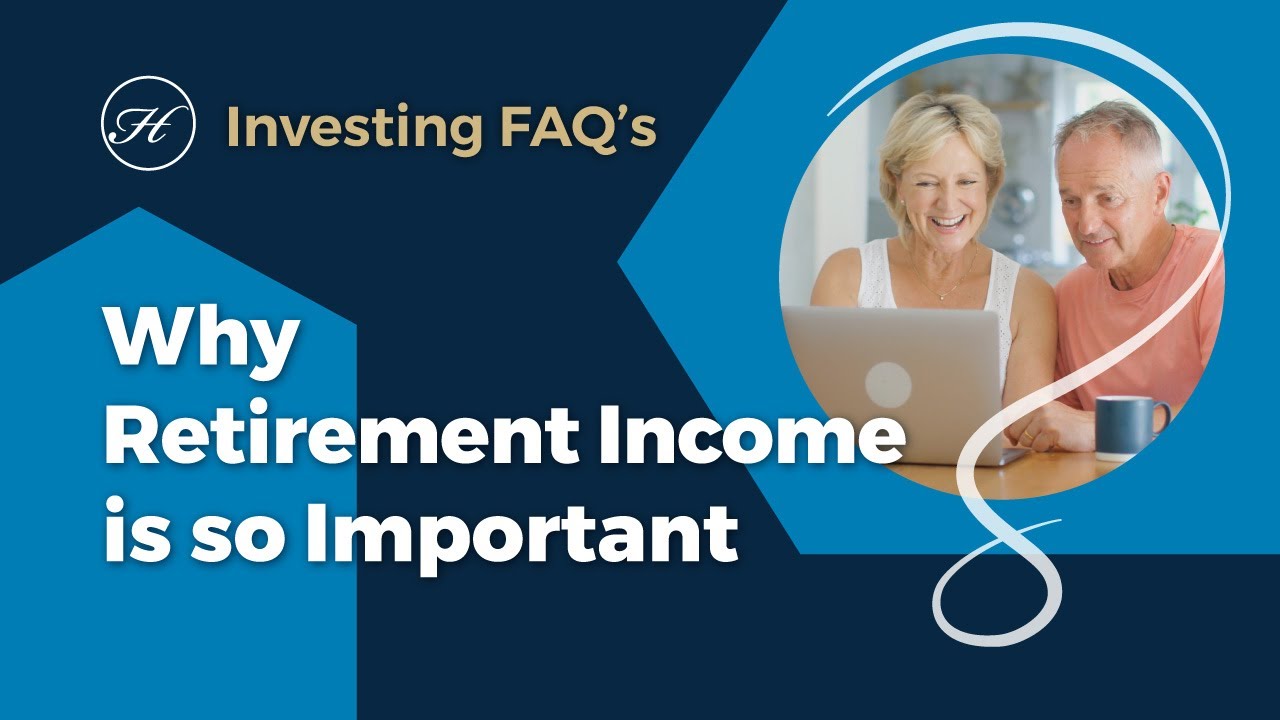
Why Retirement Income is so Important
Jason 0 Comments Retire Wealthy Retirement Planning Tips for Retiree's
Canada is getting older in 1980 less than 2 A5
million Canadians were over the age of 65 around 9% of the Canadian population recently that
number was over 7.3 million almost 19% of the population in 1980 the average 65-year-old could
expect to reach 81 now the average 65-year-old can expect to reach 86 and there are almost 50% more
Canadians aged 100 or older than there was two decades ago basically more Canadians are getting
older and living longer which poses a significant challenge for retirement funding traditional
retirement savings have relied on withdrawing from a fixed amount of capital with some cash
flow from CPP OAS and fixed income Investments like bonds and gic's however as Canadians live
longer they may expect significant costs down the road such as long-term care at the same
time most of these fixed income Investments are paying at rates below current inflation
levels and what about running out of capital some Canadians are faced with the difficult
and complex choice of delaying retirement or going back to work compromising the retirement
lifestyle dreams or passing on the cost of care to the Next Generation attractive and steady
monthly income can help simplify things for retirees Harvest Equity income and enhanced Equity
income ETFs pay consistent monthly income at rates above inflation they are RSP and riff eligible
they hold portfolios of established companies that remain exposed to market growth High income
from Harvest Equity income ETFs can help retirees offset their Rift payments supplement income
and Live Well into retirement visit our website for more information on harvest income ETFs for
retirement Harvest income happens [Music] here

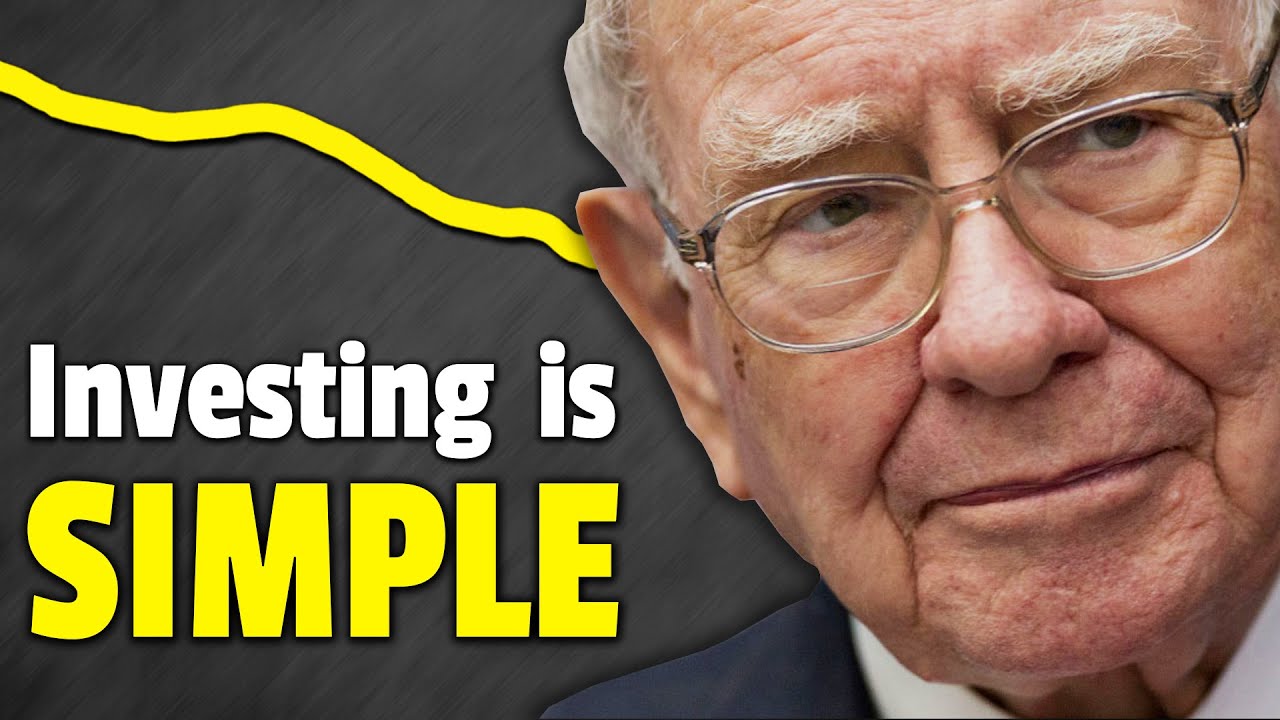
Warren Buffett: How To Turn $10,000 Into Millions (Simple Investment Strategy)
Jason 0 Comments Retire Wealthy Retirement Planning
you can't really fail at it unless you buy the wrong stock or just get excited at the wrong time and i would like to just spend just a couple of minutes uh giving you a little perspective uh on how you might think about about uh investments as opposed to the uh tendency to focus on what's happening today or even this minute as you go through and to help me in doing that i'd like to go back through a little personal history and uh and we will start i have here up here in new york times of march 12 1942 and i'm a little behind on my reading and if you go back to that time it it was about what just about three months um since we got involved in a war which uh we were losing at that point uh the newspaper headlines were filled with bad news from the pacific and i've taken just a couple of the headlines from the days preceding march 11th which i'll explain it's kind of a momentous day for me and so you can see these headlines we've got slide 2 up there i believe and uh we were in trouble big trouble in the pacific uh it was only going to be a couple months later that the philippines fell but here we were getting bad news we might go to slide three for march 9th uh uh i hope you can read the headlines anyway the price of the paper is three cents incidentally um the uh and uh uh let's see we've got march 10th up there a slide i'm i want to get to where there's advanced technology of slides i want to make sure i'm showing you the same thing that i'm seeing in front of me so anyway on march 10th uh when again the news was bad full clearing path to australia and it was like it the stock market had been reflecting this and i'd been watching a stock called city service preferred stock which had sold at 84 dollars the previous year it had sold at 55 the year before early in the in january two months earlier and now it was down to forty dollars on march 10th so that night despite these headlines i said to my dad i said i think i'd like to pull the trigger and i'd like you to uh buy me three three shares of city certified the next day and that was all i had i mean that was my capital accumulated uh uh over the previous five years or thereabouts and so my dad the next morning um bought three shares well let's take a look at what happened the next day let's go to the next slide please and it was not a good day the stock market the dow jones industrials broke 100 on the downside now they were down 2.28 as you see but that was the equivalent of about a 500 point drop now so i'm in school wondering what is going on of course uh incidentally you'll see on the left side of the chart the new york times put the dow jones industrial average below all the averages they calculated they had their own averages which have since disappeared but the dow jones has continued so the next day uh we can go to the next slide and you will see what happened the stock that was in 39 my dad bought my stock right away in the morning because i'd asked him to my three shares and uh so i paid the high for the day that 38 and a quarter uh was my tick which is the high for day and by the end of the day it was down to 37 uh which was really kind of characteristic of my timing in stocks that was going to appear in future years uh um but uh uh it was on the what was then called the new york curb exchange then became the american stock exchange but things even though the war until the battle of midway looked very bad and if you'll turn to the next slide please you'll see that the stock did rather well you can see where i bought at 38 and a quarter and then the stock went on actually to eventually be called by the city service company for over 200 dollars a share but this is not a happy story because if you go to the next page you will see that i well as they always say it seemed like a good idea at the time you know uh so i sold those i made five dollars on it it was it was again typical of behavior but when you watch you go down to 27 uh you know it looked pretty good to get that profit well what's the point of all this well we can leave behind the city service story and i would like you to again imagine yourself back on march 11th of 1942 and as i say things were looking bad in the european theater as well as what was going on in in the pacific but everybody in this country knew uh america was going to win the war i mean it it was you know we'd gotten blindsided but but we were we were going to win the war and and we knew that the american system had been working well since 1776.

So if you'll turn to the next slide i'd like you to imagine that at that time uh you had invested ten thousand dollars and you put that money in an index fund we didn't have index funds then but but you in effect bought the s p 500 now i would like you to think a while and don't do not change the slide here for a minute i'd like you to think about how much that 10 000 would now be worth if you just had one basic premise just like in buying a farm you buy it to hold throughout your lifetime an independent and you look to the output of the farm to determine whether you made a wise investment you look to the output of the apartment house to decide whether you made a wise investment if you buy an apartment small apartment house to hold for your life and let's say instead you decided to put the ten thousand dollars in and hold a piece of american business uh and never look at another stock quote never listen to another person give you advice or anything of the sort i want you to think how much money you might have now and now that you've got a number in your head let's go to the next slide and we'll get the answer you'd have 51 million dollars and you wouldn't have had to do anything you wouldn't have to understand accounting you wouldn't have to look at your quotations every day like i did that first day i'd already lost 3.75 by the time i came home from school uh all you had to do was figure that america was going to do well over time that we would overcome the current difficulties and that if america did well american business would do well you didn't have to pick out winning stocks you didn't have to pick out a winning time or anything of the sort you basically just had to make one investment decision in your life and that wasn't the only time to do it i mean i could go back and pick other times that uh would work out even greater gains but as you listen to the questions and answers we give today just remember that the over the overriding question is how is american business going to do over your investing lifetime uh i would like to make one other comment because it's it's a little bit interesting let's let's say you're taking that ten thousand dollars and you listen to the profits of doom and gloom around you and and you'll get that constantly throughout your life and instead you use the ten thousand dollars to buy gold now for your ten thousand dollars you would have been able to buy about 300 ounces of gold and while the businesses were reinvesting uh in more plants and new inventions came along you would go down every year into your look in your safe deposit box and you'd have your three ounce 100 ounces of gold and you could look at it and you could fondle it and you could i mean whatever you wanted to do with it but it didn't produce anything it was never going to produce anything and what would you have today you would have 300 ounces of gold just like you had in march of 1942 and it would be worth approximately four hundred thousand dollars so if you decided to go with a non-productive asset goal instead of a productive asset which actually was earning more money and reinvesting and paying dividends and maybe purchasing stock whatever it might be you would now have over 100 times uh the value of what you would have had with a non-productive asset in other words for every dollar you have made in american business you'd have less than a penny by of gain by buying in the store value which people tell you to run to every time you get scared by the headlines or something disorder it's it's just remarkable uh to me that we have operated in this country with the greatest tailwind at our back that you can imagine it's an investor's i mean you can't really fail at it unless you buy the wrong stock or just get excited at the wrong time but if you if you owned a cross-section of america and you put your money in consistently over the years there's just there's no comparison against owning something that's going to produce nothing and there frankly there's no comparison with trying to jump in and out of stocks and and pay investment advisors if you'd followed my advice incidentally or this retrospective advice which is always so easy to give uh if you'd follow that of course you're there's one problem buddy your your friendly stock broker would have starved to death i mean you know and you could have gone to the funeral to atone for their fate but the truth is you would have been better off doing this than than a very very very high percentage of investment professionals have done or people have done that are active that it's it's very hard to move around successfully and beat really what can be done uh with a very relaxed philosophy and you do not have to be you do not have to be you do not have to know as much about accounting or stock market terminology or whatever else it may be or what the fed is going to do next time and whether it's going to raise rates three times or four times or two times none of that counts at all really in a lifetime of investing what what counts is is having a a philosophy that you've that you stick with that you understand why you're in it and then you forget about doing things that you don't know how to do
Read More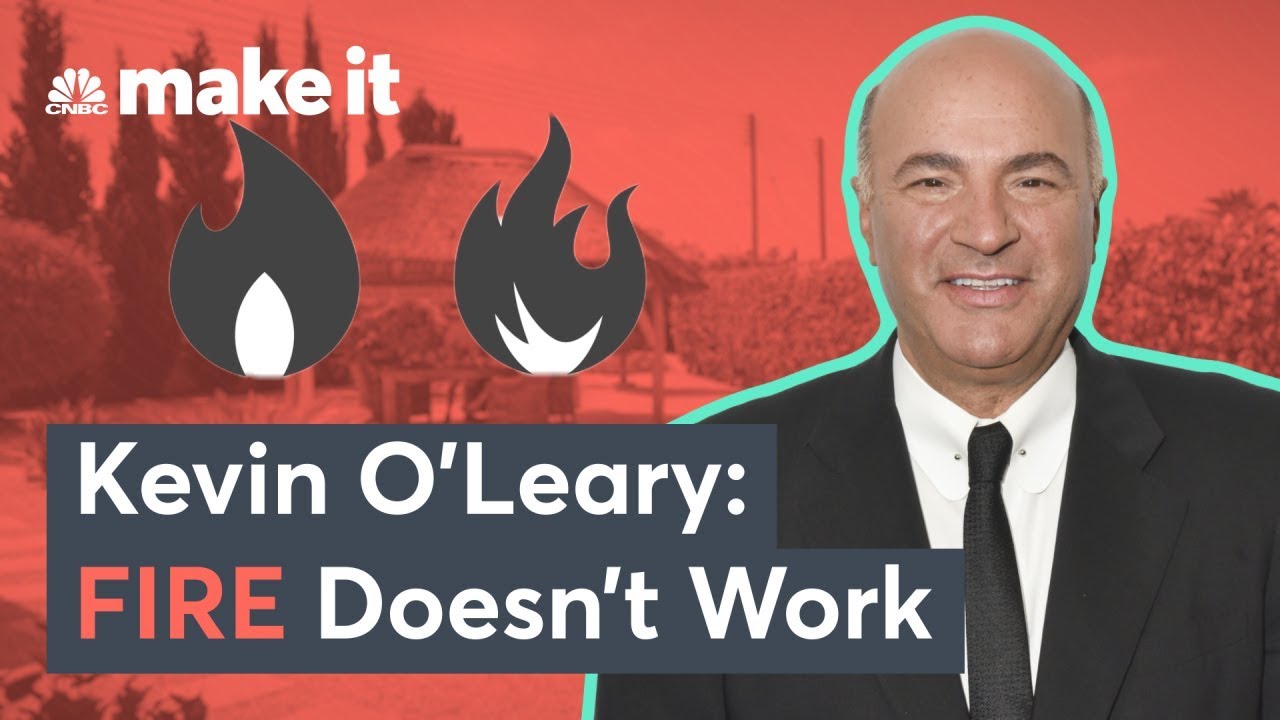
Kevin O’Leary: Why Early Retirement Doesn’t Work
Jason 0 Comments Retire Wealthy Retirement Planning Tips for Retiree's
This whole idea of financial independence retire early doesn't work. Let me tell you why. It happened to me. On the sale of my
first company, I achieved great liquidity and I
thought to myself, "Hey. I'm 36. I can retire now." I retired for three years. I was bored out of my mind. Working is not
just about money. People don't understand this very
often until they stop working.

Work defines who you are. It provides a place where
you're social with people. It gives you interaction with people
all day long in an interesting way. It even helps you live longer
and is very, very good for brain health. Staying stimulated is how people
live into their 90s. I'm not kidding. So when am I retiring? Never. Never. I don't know where I'm going
after I'm dead, but I'll be working when I get there too..
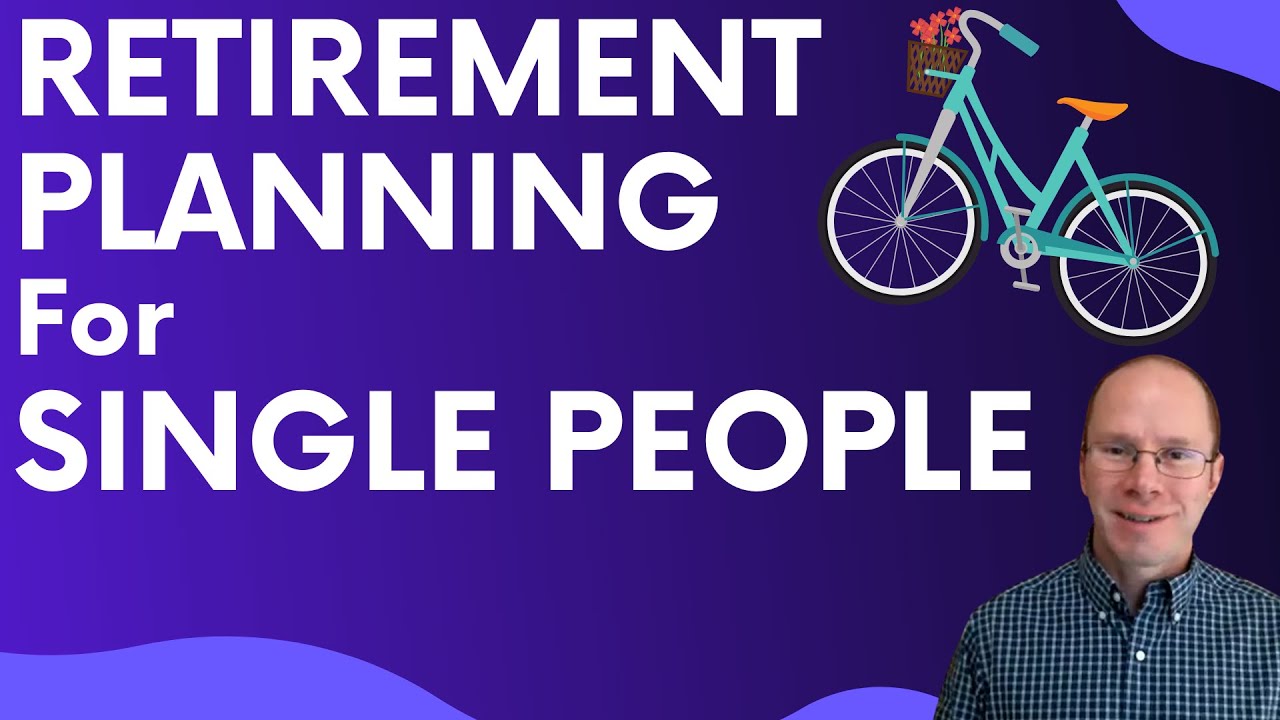
Retirement Planning for Singles
Jason 0 Comments Retire Wealthy Retirement Planning Tips for Retiree's
Retirement is a big deal for anybody, and that's especially true for single people who may be retiring with just one income and who may have built up a nest egg solely off their own savings. So, we know that single people can and do retire comfortably. In fact, one quarter of people over age 60 are living alone in their household, and that number is slightly higher for women, and that's, of course, due to women's longevity. So what we're going to talk about here is retirement for single people. First, we'll go over some averages to give you a rough idea of what the landscape looks like for single people, then we'll get into how much money you might need as you go into retirement, then we'll talk about some tips that can help improve the chances of retiring comfortably.
Let's start with the average retirement income for single people. So it's $42,000 on average for an individual in retirement, and that comes from the US Census Bureau. The median is a little bit lower at $27,000. So a friendly reminder of how this works: The median is the middle, so if you line up all of the survey results, people telling you what their income is, for example, that arrow points at the middle observation, which would give us the median down at the bottom.
But if we go to the average, that is going to get skewed by, in this case, wealthy people, for example, they have a very high income. When it comes to Social Security, the average is about $1,500 a month or $18,000 per year.Your level depends, of course on your earnings, if you had higher earnings during your working years, then you tend to potentially have a bigger benefit than that, and it could be lower, and then of course, your claiming age is also an important thing. If you claim early at age 62, you get a reduced benefit. That's likely to bring down the amount you get. Next, we have pensions, some people get an income from a job they worked at. That might be in the public sector as a teacher, a firefighter, that sort of thing, or even in the private sector, you could have a pension from your job, and those incomes just are all over the board, it could be high, it could be low, but these are different sources of income that people might have in retirement.
This is just a friendly reminder that this is just one video and it may cover some interesting information, but it's not specific to you so I hope you'll do a lot more research, hopefully check with some professionals and get some individualized advice, and that way you can improve the chances of things going well for you. So now let's talk about how much you might need as you go into retirement. Unfortunately, there's no single answer on what you need because it depends.
So the first step is to figure out what sort of income you're going to need, and I've got other videos on that, I'll put links in the description to get you some more information, but you can look at replacing a portion of your income, or you can just say, I want X amount of dollars per year, or you can go with other approaches, but first we need to know how much income you are hoping for. Next, we tally up your income sources, so that might be some guaranteed income that comes in from Social Security, for example, or from your pension at your workplace, but that forms a base of income and that might or might not cover what you need. But it gives us a base and then if we need to fill that in, we can supplement withdrawals from your retirement savings, so that might be out of your IRA, your 401, 403, these accounts that you have built up over time can provide supplemental income to help fill the gap between that guaranteed income you get and the amount you actually want to spend. There are a number of ways to figure out how much to withdraw and to set up different strategies, there might be bucking strategies, there might be withdrawal strategies like the 4% rule.
Or if you don't like that, make it the 3% rule to be safer, or take out more if you think that's not enough and you're selling yourself short. Ultimately, there are a number of ways to approach this, so you just pick one that works well for you, and again, I can point you to some resources on figuring that out. And finally, you will want to look at taxes and inflation, so during your retirement years, it's reasonable to assume that prices may increase on many of the things you buy, so we want your income to be able to increase as well, Social Security typically does rise, but maybe not at the same rate as the things you're buying, so your withdrawals may need to account for that. Plus we've got taxes. You typically will owe taxes if you're taking distributions or you're taking withdrawals from pre tax retirement accounts. If you have a pension that might be taxable as well. We just want to look at all of these things and figure out what your ultimate money left over to spend each month is going to be.
For an over simplified example, let's just look at Jane Doe. She's 60 years old, she's single, she wants to retire in about five years, she makes about 80,000 a year and has 700,000. A lot of people retire with less than that, a lot of people retire with more. I'm going to bring up my financial planning software that I use with clients, and we'll just go over kind of why there's no single answer on how much you need. Now, if you can tell me exactly how long you'll live and what the markets will do and what inflation will look like, we can tell you exactly what you'll need. But there are a lot of unknowns, so a lot of times we start with a probability of success and I'll go over what that means, and then we look at little tweaks and how different changes might affect that probability of success, so working an extra year might bring her from…

Let's say 75% to 84% likely to succeed. Now, success and failure are pretty complicated. They don't necessarily mean that you go completely broke, but you may need to make some adjustments, so let's talk about what does the success mean? We, again, cannot predict the future, so we say, Let's look back and say, You get dealt 1,000 hands. You're playing a game of cards and you get 1,000 hands. Some of those are good and some of those are bad, so the very good ones tend to be up here, near the top. And you actually end up with a lot of money left over. Some of them are not as good and you end up running out of money early. The median is, again, that one that's right in the middle when we line them up in order for best to worst. And so you might say, you're probably not going to get the best, you're probably not going to get the worst, although anything is possible.
So that's how we go with this likelihood of success. Now, maybe she doesn't want to work an extra year, so we can look at different ways of accomplishing things here. By the way, we've built in some long term care in case she does get sick and needs that at the end of life. She's looking to spend about 4,000 a month, that's after some health care costs that are going to inflate each year, and she's saving a decent amount in some 401K and taxable accounts.
Let's say she goes ahead and maxes out that Roth, is it going to make a big difference? Not really, 'cause she only has five years left. So what we do here is we start looking at all of these different variables and playing with the pieces and figuring out what does it take to make her successful at her retirement, or at least successful enough that she's comfortable making that transition. So here are some tips to improve your chances.
The first is to plan for long term care. If you're living on your own, you don't have somebody in the house who can help you do things, and it's arguable if even a couple is capable of managing this on their own… I mean, if you think about a couple, is one of the people physically able to move the other person around and do they have the skills to provide health care, and the time and the energy, frankly, to provide all that type of care? So it's important for everybody, but it's especially important for single people to plan for this care.
So you can look at getting insurance, you can look at budgeting for some costs, like we showed you in the software, you might want to budget for a much bigger number if you go into memory care or something like that with 24 hour supervision, it can get really expensive quickly. And you can explore different living arrangements, maybe doing things with friends or certain communities that might be a good fit for you. Next is to avoid leaving money on the table so if you were previously married and your spouse passed away or you've been divorced, you may be eligible for benefits. That's maybe from Social Security, you can potentially get a survivor's benefit, or if you were married for at least 10 years and you've been divorced, you can potentially get spousal benefits on your ex spouse's work record.
It's just important to explore all of these to see if there are any resources available for you. Next is to make a plan, and I am of course biased as a financial planner, but I think it is really helpful to go through the process, and the main goal isn't to get a big document that tells you what your financial plan is. Instead, really, the benefit is going through that process and learning a lot about your finances as you do it, and in that process, you get an idea of what the risks are, how you're doing, you might get confidence and clarity on whether or not you can go ahead and retire, if you should do certain things or not.
It's just a very valuable process for a lot of people, but I'll leave that for you to decide. If you found this video helpful, please leave a quick thumbs up. That gives me feedback that this is something you might enjoy more of, so thanks for watching and take care..
Read More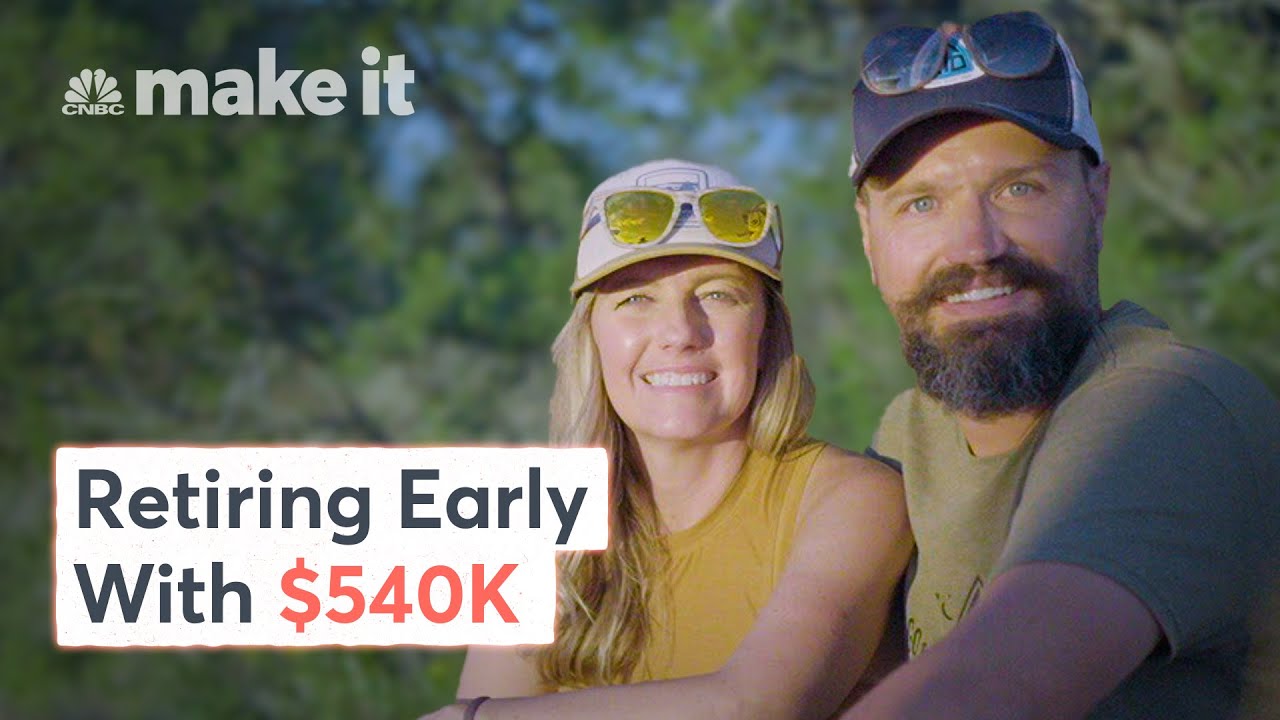
How We Retired Early With $540K At 40 In Colorado
Jason 0 Comments Retire Wealthy Retirement Planning Tips for Retiree's
I started getting
diagnosed with some fairly serious medical
ailments. I just began to realize
that I had been working for a retirement that I
may never enjoy. We just knew we wanted
the freedom to make our own choices with our
time. And that's where
financial independence came in. Then it turned
into how fast can we do this? Let's get it done
as fast as we can. We started to accumulate
real estate in the vein of let's have an
additional source of income besides my job. We accumulated 19 units
over the span of just from 2016 to 2019. I'm Debbie and I'm Chris. We are 43 and live in
Colorado and retired by the age of 40. I never wanted to be a
millionaire. That was never a goal,
even, you know, now in my forties, I just wanted
to have enough money to be able to pay my bills. When I was 21, 22,
somewhere in there, I remember reading The
Millionaire Next Door. It was eye opening to me
because the stories they highlighted in that book
were very similar to what we do. Once it became in
that realm of reality that I could maybe be a
millionaire, then I did become fascinated with
the idea of being a millionaire in both
healthy and unhealthy ways.
Once Debbie left her
job, we're now completely dependent on my job. Honestly, like, I'm sure
there was more than this, but I tell the story
that basically I just stopped going to Subway. Obviously, that's not
the whole case, but that's all it really
felt like. Once we started tracking
our spending a little bit better with budgeting, I
was the guy that was always trying to turn
the knob down on our spending. Chris used to think it
was fun to like try to spend $100 a month on
groceries and just eat what came out of the
pantry.
So we both kind of had
this thought, what if you want to leave your job
someday? That thought easily
turned into how can we use our money to buy us
more time? I was mainly hearing a
lot of stories about rental real estate. Some people were were
building mega empires with rental real estate.
I wasn't looking to do that. I just wanted to
have additional income. And in the in the
process of going from we don't know anything
about being landlords and real estate owners to
let's buy our first property, I scoured the
Internet and spent a lot of time listening to
podcasts, watching YouTube videos, reading
blogs and forums.
And we got this like
eight and a half by eleven vision board type
of thing. So it was just something
that we could write on with chalk that we had
in our kitchen that would remind us of our goals. And, and as I was
writing those goals down, I believe we had like by
the end of 2016, we were going to have two
properties and by the end of 2017 we were going to
have four properties. We were getting
properties that other people didn't want. There was something that
was a bit of an ugly duckling about them. For me, a very difficult
part of this was a lot of elbow grease, fixing up
the ugly things, working on the houses, getting
smoke, smells out, painting everything,
tearing a bunch of flooring out. I'm
spending full days over there. Chris is getting
off work. He's spending nights and
weekends over at these rental properties to get
them ready for tenants and make them nice
places to live.
And as we were doing
that, I'm still saving 50 to 60% of our income
through my paycheck. All the extra money we
weren't spending out of your paycheck was going
toward buying more rental homes. All of the cash
flow we were getting from rentals was going toward
buying more rental homes. We accumulated 19 units
over the span of just from 2016 to 2019.

So it was a pretty
pretty fast and furious four years. We actually ended up
reaching fire at least three years earlier than
we had projected. So gross income from our
rental properties can vary based on vacancy,
capital expenditure, rehab, repairs, those
kinds of things. But it is between 8 to
10000 per month and our net income from our
rental properties is between 4 to 6000 a
month. So the money we live off
of comes purely from our real estate investments. We do have mortgages on
all of our rental properties that we
consider business debt. Our tenants pay those
mortgages for us essentially, and rents
continue to rise as they do so as the mortgage
goes down. Right now, our
investments look like we have about $350,000 in a
combination of traditional IRAs and
Roth IRAs and a brokerage account, $35,000 set
aside in a 529 account for our girls and
another $20,000 in bonds.
The insurance that she
sells for one month a year provides that extra
cushion of safety or comfort, as well as some
other discretionary spending. Our budget now
in FIRE, it looks very similar to what it was
pre FIRE in that none of our categories really
went any different direction except for
travel. We usually have about
$10,000 in our travel budget over the course
of any time, and it's more than we spend. Instead of having a job
where I would work 48 weeks a year and have
four weeks off, I would say now that I work
probably four weeks a year and have 48 weeks
off.
And we found in our lives
that meaning and purpose are important to our
emotional and physical health. And part of that
is around work. We are really enjoying
having this freedom of time to make
connections, to travel and explore. Our
daughters are getting older whether we like it
or not. They'll be graduating
and I'm excited to be a part of of their lives
as they move forward into their next chapters and
have the abundance of time to be able to be in
their lives as much as they will allow us or as
much as as feels comfortable.
I think when we were
searching for financial independence, what we
wanted was freedom and independence from having
to go to a place and do with things someone else
told us to do. And we still want that
and we value that. But I think what we
found through it is a much deeper, fuller,
richer life..
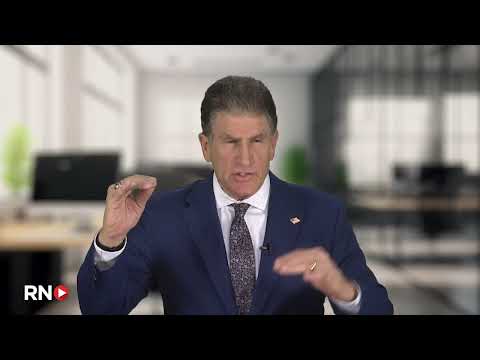
Tim Tremblay of Tremblay Financial Services Discusses Interest Rates
Jason 0 Comments Career after Retirement Retirement Planning
[Music] higher interest rates may be bad for financing a home but there is a silver lining the most challenging part of investing and retirement planning has always been balancing asset growth with asset protection to protect assets we typically need to lower Market risk and to achieve growth we need to increase risk now with higher interest rates we can actually do both there are solutions positioned in ways we haven't seen before joining me to talk about this is my guest Tim trembl with tremble Financial Services in Santa Barbara California uh Tim let's start out with these strategies how do these things work well you know it's it's interesting I had a client come in and talk to me about this investment that's in the market but there's no risk on the downside and I said you know that doesn't sound right you better bring that in so I can take a look at it so he brought in a fixed indexed annuity with Life USA and as I looked at it I thought this is a great idea they're using call options to get Market driven returns with no risk on the downside and that was almost 26 years ago and since that day we've been using fixed indexed annuities as the foundation for our asset allocation for our clients at Tremblay financial and it's real simple how it works it's with a call option there are two types of options puts in calls the option Market is a huge Market you have options on stocks on Futures on indices and what the financial services companies the insurance companies are doing they're just looking at a call option on the market and so with this investment it can only go sideways or up never down and what I like to do when I show my clients how this works is is look at the worst 10-year period that we've seen in the market since the Great Depression we call it the L decade and that would be 2000 to 2010 if you got into the S&P 500 Blue Chip stocks at the at the beginning of that decade in 2000 we were at a record high the dots had just brought us up there and then over the next 3 years we saw the Melt down to the Dooms we saw 911 Afghanistan Iraq if you had $100,000 in Blue Chip stocks at that time three years later you'd have 51,000 and then over the next four years we saw the market go up very nicely fueled by collateralized mortgage obligations which had a risk that we really weren't aware of at that time and we saw the market go back to a record high just a little higher than where we were in 2000 and of course the Great Recession took place at that time we saw if you had a $100,000 in Blue Chip stocks in 2008 a year later you lost 60% of your portfolio small caps NASDAQ other indices and and positions were even more dramatic and then it came back but at the end of that 10-year period from 2000 to 2010 in Blue Chip stocks you would have been down down 20% now with fixed indexed we are very grateful to have that as a foundation for our clients those first three years as we saw a 50% decline you didn't lose a dime and then you don't have to make up losses with a fixed index and as the market moved up over the next four years our call options took us to a 40% profit 2008 then of course when the Great Recession hit you saw the markets decline dramatically we stayed at that 40% profit through the rest of that decade so as you look at all the other asset classes during the worst 10 years that we've seen since the Great Depression the fixed indexed annuity was the best performing asset that we had and we can use the word safe with it and you know Scott I think that's what I like to show folks if you show folks how the markets have done when when things are going great just about anything is going to look good but how does your investment look when you're going through one of the most difficult times that we've had since the Great Depression so is this a good time to consider maybe refinancing an existing annuity you know it it absolutely is Scott when we look at at where these fixed index annuities have gone over the past 25 years there's been dramatic changes those early life USA policies in order to get the profits that you had with those Investments you had to annuitize over 10 years that's no longer the case the liquidity was 5% per a 5-year period and you had to hold it for 10 so you didn't have the liquidity today we have fiveyear 7year 10year in fixed index annuities and you don't have to annuitize they contracts they're they're much better we have a whole wide range of indices that we can choose from from your participation with higher interest rates will be better today than what we've seen in the past so to answer your question today is the best time that we've seen in the past 25 years to be looking at fixed indexed annuities and and if you're out of surrender with an old annuity it might be a variable annuity and you've heard a lot of bad press on variable annuities uh they have management fees from the insurance company the underlying mutual funds have management fees you have risk a principle with the variable annuities so that isn't for all people and you have to understand there's a risk the fixed annuities based on interest rates we haven't seen a decent interest rate in 15 years and we've just seen short-term rates come up long-term rates we have this inverted yield curve are still not looking good for us so the fixed indexed annuity continues to be in our opinion one of the best or the best place for your safe money in your asset allocation and it's important to look at what you have now in the annuity Arena and seeing if we can improve that and put you in a much better position and for someone considering the purchase of a fixed index annuity what question should they be asking well it's important that you understand that it's a long-term investment most of them are longer term uh the shorter term ones won't give us quite the return that you will see with the longer term fixed index you have to understand the liquidity that you have with those fix fixed indexed annuities and then it's important to look at how can you get your return what kind of index is going to be available to you as an investor and and the company that you're working with is so important it's not just the return but the service that you receive from these insurance companies is so important so there's a number of different aspects that are very important for investors to look at as they begin their Journey with a fixed index or continue it in a better way uh and it's something we take a lot of pride in at tremble Financial we're going to help our clients not only have the asset allocation to get them where they want to be in in retirement but when you look at each of the individual Investments That We're choosing for that asset allocation we're going to find the very best one for you that's Tim tremble in Santa Barbara California thanks for watching retirement News [Music] online
Read More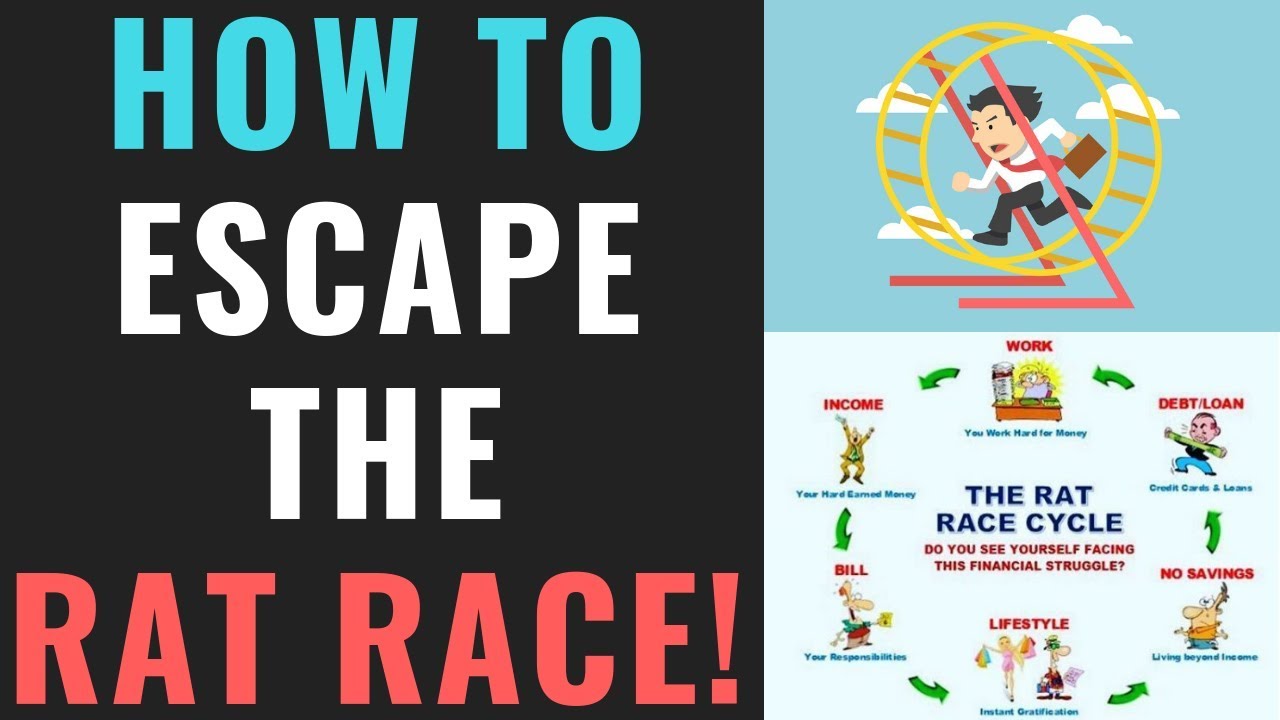

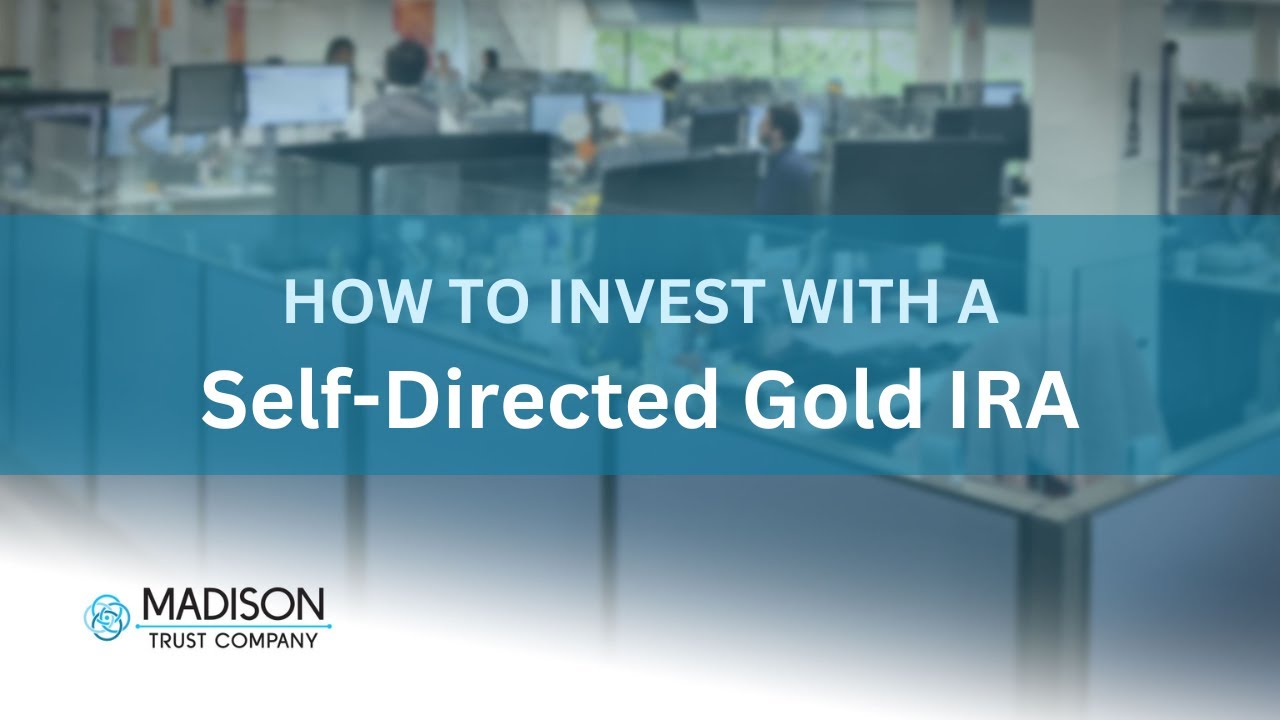


Recent Comments